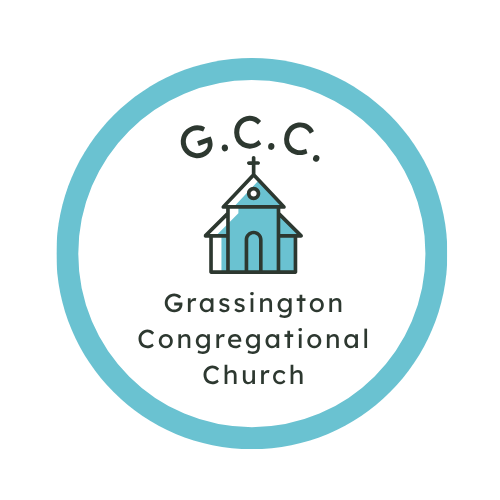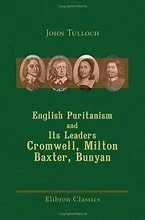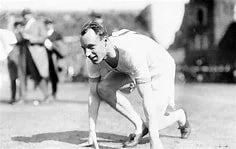Origins and Early History of Grassington Congregational Church
Grassington has never had its own parish church - the nearest is at Linton Falls located almost a mile away. When the Methodist Revival came to Grassington in the 1780s (John Wesley himself preached there on 29th May 1782), Congregationalists were also propelled into action. Originally meeting in local cottages or travelling to the chapel at Winterburn, they eventually resolved to build their own place of worship; an aim finally realised in 1811. Most early members of the church were poor mill workers, miners and country labourers. Their pecarious existence almost led to closure of the church, first in the 1840s when Linton Worsted Mills wound down, and again in the 1870s/80s when lead mining entered terminal decline. Nevertheless, the 1851 Census of Religious Worship records healthy congregations at all three (!) Sunday services. Church administration was at times chaotic as evidenced by an Indenture dated 1881 formally appointing trustees
The church possesses the only graveyard in Grassington. The first burial was that of a baby girl, three months old - Mary Simpson - on 31 January 1814. The second (on 8 July 1814) was that of a baby boy, six months old - Richard Mycock.
There are many interesting monuments in the graveyard which includes the Commonwealth War Grave of Craftsman Edwin Harker REME, husband of Alice Edna Harker, who died on 7 November1946, aged 30.T
Church and Graveyard
Photo taken from “History of the Dales Congregational Churches” by Thomas Whitehead: Feather Bros, Keighley, 1930, page 289.
Church's 200th Anniversary
2011 was the church's 200th anniversary which was celebrated by a series of successful events scattered throughout the year that culminated in a very well attended (free!) party for the whole village held on 19 November.
o commemorate the church's achievements and witness, various members of the congregation collaborated to produce a commemorative banner which is now proudly displayed at the front of the church.
AFFILIATION
The church was affiliated to the Congregational Union from that organisation's foundation in 1831 until its demise in 1966. From 1966-1972 the church belonged to the Congregational Church in England & Wales. When that organisation became part of the United Reformed Church, Grassington joined the Congregational Federation of which it is still a member today.
HISTORY OF CONGREGATIONALISM
The origins of Congregationalism have been said to lie in the independence of the churches of the New Testament. However the conversion of the Roman emperor led to an authoritative hierarchy which in the west centred on the Pope. The 16th century Protestant Reformation, with the Bible printed in English resulted in an overthrow of clericalism and in worship being conducted in the language of the people. Those who wanted further reforms than the monarch would allow were forced to break with the Church of England and Separatist churches grew up in London, Norwich and elsewhere.
The evangelical revival of the eighteenth century benefited the Congregational churches in England, Wales and Scotland, where the Haldane brothers, in particular, were keen to build Independent churches. In 1795 the London Missionary Society was founded and this became the main agency for the Congregationalist serving abroad. Among these were Scotsmen like Robert Moffat and David Livingstone who went to south Africa, the Englishman John Williams to the Pacific Islands, and the Welshman Griffith John to China.
Some were imprisoned, some executed like Barrow, Greenwood and Penry in 1593, some went into exile in the Low Countries, and some, like the Pilgrim Fathers, to New England. The English Civil War saw these Independent or Congregational churches grow markedly in numbers and Cromwell, Milton and Bunyan were all affected by them. At the Restoration of Charles II in 1660, they were excluded from the church settlement and thus became Nonconformists, with the Presbyterians, Baptists and Quakers. Subject to harsh laws they endured persecution, exclusion from public office and their sons were barred from the universities. Consequently they set up dissenting academies and hymn writers, like the genius Isaac Watts and Philip Doddridge, received first class educations there.
Cromwell, Milton, Baxter and Bunyan
The athlete Eric Liddell also went with the LMS to China where he died in a Japanese camp in 1945. In the 20th century Congregationalists were often zealous for church unity which led to failed attempts to bring most mainstream Protestants together. Some Congregationalists joined the English Presbyterians in the United Reformed Church, in 1972 (England and Wales) and 1996 (Scotland), but some 500 Congregational churches opted to retain their freedom and rejected this centralising measure. The Congregational Federation has provided fellowship for most Congregational churches since 1972 without infringing their right to respond directly to the Holy Spirit in whatever way they believe called by God to act
Eric Liddell who went with the London Missionary Society to China








